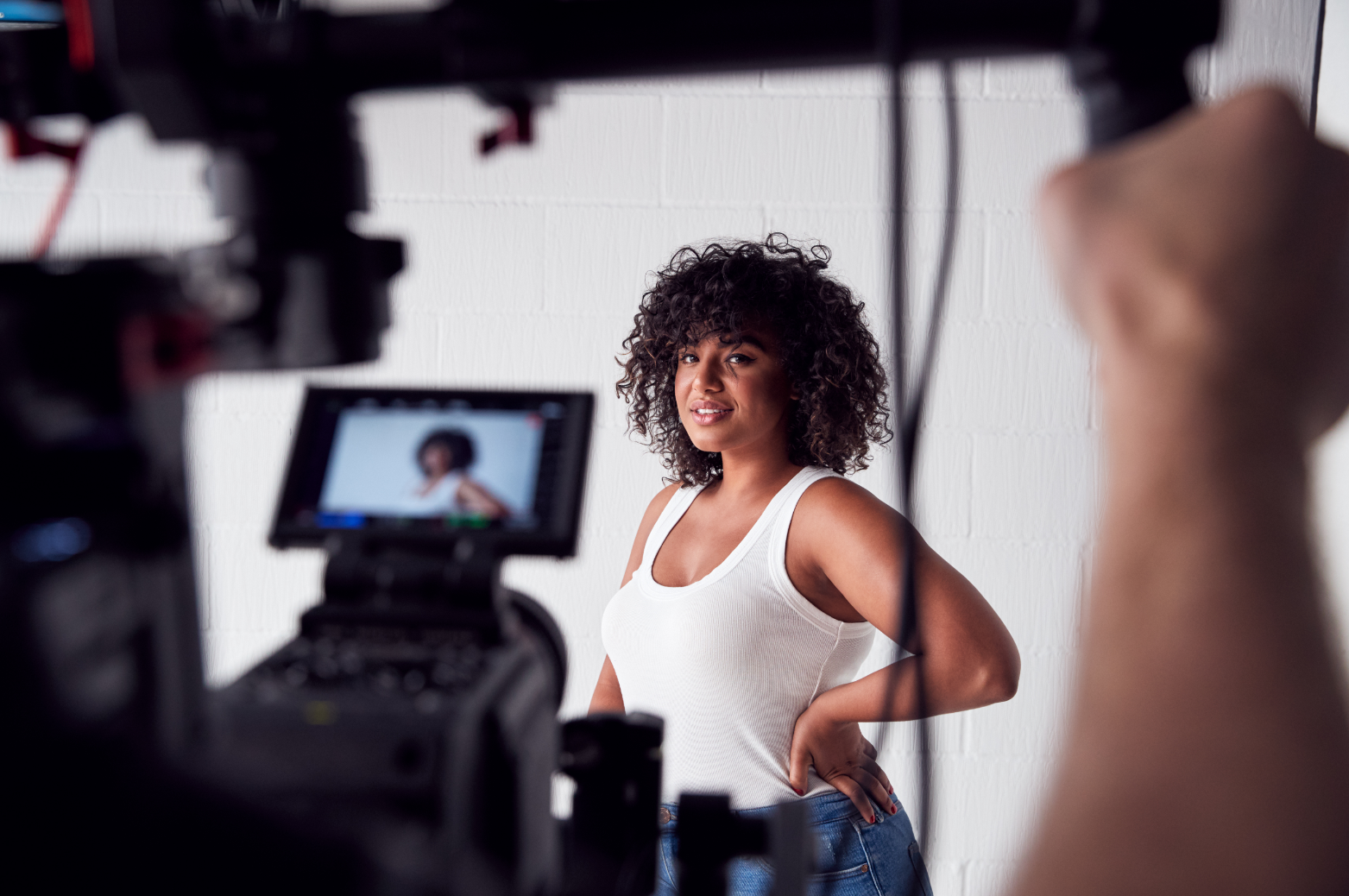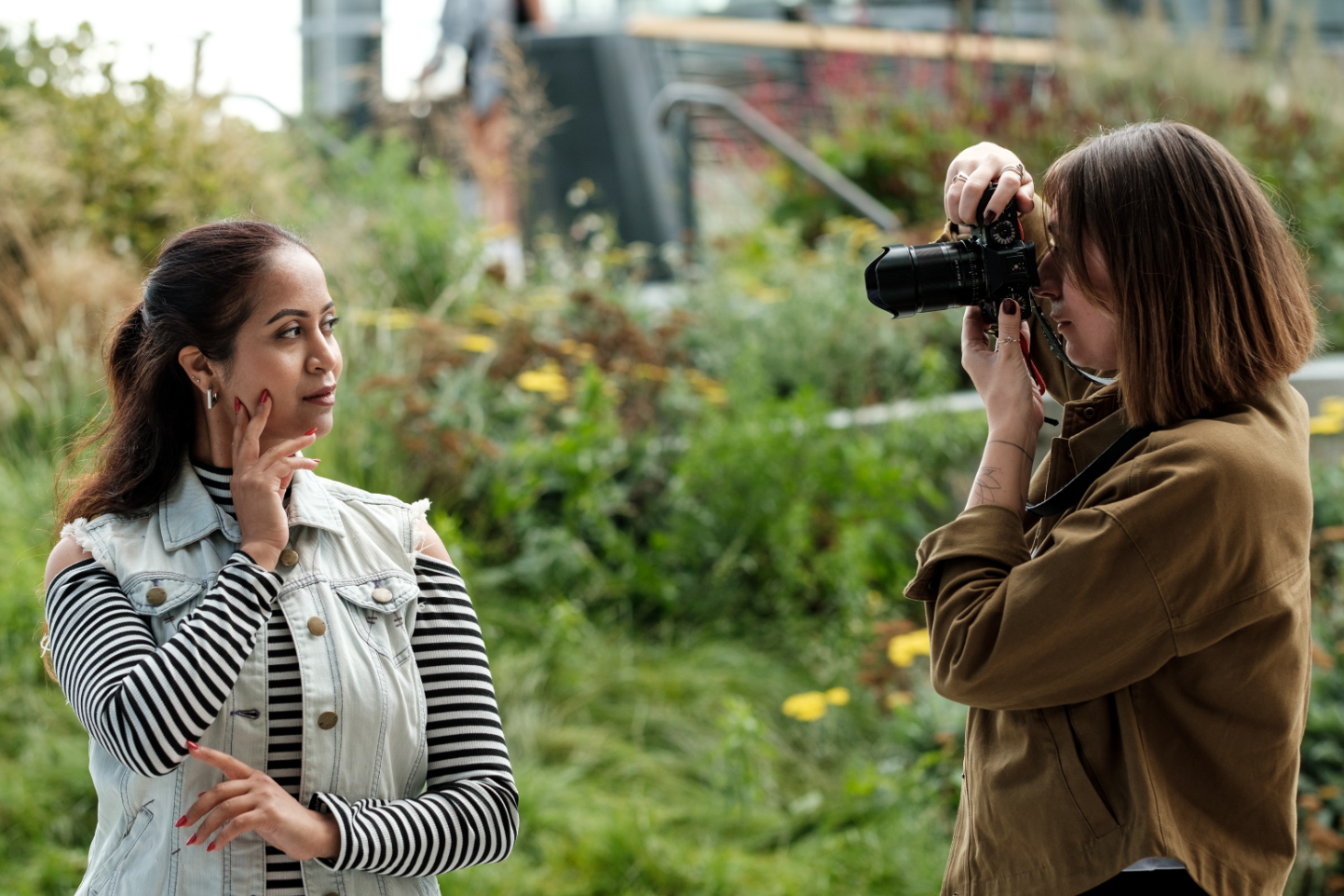Filmmaker's Guide: 5 Must-Know Industry Trends for 2024

The film industry is a magnificent beast – constantly evolving, endlessly innovative, and notoriously competitive. For any filmmaker, from the aspiring student to the seasoned professional, staying ahead of the curve isn't just an advantage; it's a necessity. The landscape of storytelling, production, and distribution is shifting at an unprecedented pace, driven by technological advancements and changing audience consumption habits. As we navigate 2024, a clear understanding of these emerging trends will not only keep your projects relevant but also unlock new creative and financial opportunities. Get ready to future-proof your filmmaking journey as we dive into five must-know industry trends shaping the year ahead.
The AI Revolution: Your New Creative Partner
Artificial Intelligence (AI) is no longer a futuristic concept confined to sci-fi films; it's here, and it's rapidly integrating into every stage of filmmaking. From pre-production to post-production, AI tools are streamlining workflows, sparking creativity, and even performing tasks that once required extensive human hours. Imagine AI assisting with script analysis to identify pacing issues, generating intricate concept art based on simple prompts, or even helping to create realistic de-aging effects and complex visual elements with remarkable efficiency. This isn't about replacing human creativity but augmenting it, allowing filmmakers to focus more on the narrative and emotional core of their work.
Embracing AI isn't about becoming a tech wizard overnight, but understanding its capabilities and how it can serve your vision. Practical applications include using AI-powered software for initial script drafts or brainstorming character dialogues, leveraging generative AI for mood boards and storyboards, or employing AI-driven tools for automated transcription, subtitle generation, and even basic rough cuts in post-production. Start experimenting with readily available tools – many offer free tiers – to understand their strengths and limitations. Consider how AI can take on repetitive or time-consuming tasks, freeing up your mental bandwidth for the truly creative challenges.
Virtual Production & Immersive Storytelling Takes Center Stage
Virtual Production (VP), powered by massive LED walls displaying photorealistic digital environments, has moved from high-budget blockbusters to become an increasingly accessible tool. This technology allows filmmakers to shoot actors within dynamic, reactive digital sets in real-time, eliminating the need for extensive location scouting or lengthy green screen compositing. The benefits are profound: greater creative control, significant cost savings in post-production, and the ability for actors and crew to react to their environment authentically, enhancing performances and accelerating the creative process.
For independent filmmakers, the barriers to entry for virtual production are steadily decreasing. While building your own StageCraft-level LED volume might be out of reach, numerous studios are now offering rental access to smaller, more affordable VP stages. Practical advice includes exploring partnerships with game engine developers (like Unreal Engine or Unity) or digital artists to create your virtual environments. Consider how VP can bring impossible locations to life within a controlled studio environment, or even serve as an incredible pre-visualization tool for complex sequences, regardless of your final production method. Immersive storytelling isn't just about VR/AR; it's about making your audience feel present in your world, and VP is a powerful tool to achieve that.
The Short-Form Content Imperative
In a world saturated with information, attention spans are shrinking, and short-form video content reigns supreme. Platforms like TikTok, Instagram Reels, and YouTube Shorts aren't just for viral dances; they are powerful tools for audience engagement, marketing, and even short-form narrative storytelling. Filmmakers who master the art of concise, captivating content are finding new ways to promote their projects, build a dedicated fanbase, and even experiment with new narrative formats.
Don't dismiss short-form content as merely supplementary. It's an integral part of a modern filmmaker's strategy. Use these platforms to share behind-the-scenes glimpses of your current project, introduce key characters, or release short teasers and trailers. More creatively, consider producing standalone micro-narratives or character vignettes that can live on these platforms, acting as proof-of-concept for longer projects or simply as an outlet for rapid-fire storytelling. The key is to understand the platform's native language – quick cuts, trending sounds, authentic personality – and adapt your storytelling to fit, drawing viewers into your broader cinematic universe.
Empowering the Creator: Direct-to-Audience Models
The traditional gatekeepers of the film industry are losing some of their grip as creators increasingly connect directly with their audience. Crowdfunding platforms, subscription services (like Patreon or Substack), and direct distribution channels are empowering filmmakers to fund, produce, and distribute their work independently, building loyal communities along the way. This trend is about ownership, creative freedom, and fostering a deep, reciprocal relationship with the people who love your stories.
To leverage this trend, focus on building your personal brand and community early. Don't wait until your film is complete to start engaging. Share your creative process, your inspirations, and your challenges. Platforms like Kickstarter and Indiegogo offer not just funding but a crucial validation of your project's appeal. Consider exploring subscription models for ongoing content, behind-the-scenes access, or exclusive early looks. The actionable advice here is to view your audience not just as consumers, but as collaborators and patrons. Nurture that relationship, provide value, and they will become your most ardent supporters and advocates, helping to fund your next cinematic endeavor.
Green Screens to Green Sets: Sustainable Filmmaking
As global awareness of environmental issues grows, the demand for sustainable practices is permeating every industry, including film. Sustainable filmmaking is no longer a niche concern but a crucial aspect of responsible production. This trend encompasses everything from reducing waste on set, conserving energy, sourcing local and ethical materials, to implementing carbon offsetting strategies and promoting environmentally conscious transportation.
Incorporating sustainability into your production is not just good for the planet; it can also be a significant marketing advantage and, increasingly, a requirement for certain funding bodies or studio partnerships. Practical steps include conducting an environmental audit for your production, appointing a dedicated "green steward" on set, switching to rechargeable batteries, going paperless with digital scripts and call sheets, and actively seeking out eco-friendly catering and transportation options. Collaborate with vendors who prioritize sustainability and educate your crew on best practices. Even small changes can collectively make a big difference, positioning your project and your brand as forward-thinking and socially responsible.
Conclusion
The film industry of 2024 is dynamic, challenging, and filled with incredible potential. By understanding and adapting to these five key trends – the integration of AI, the expansion of virtual production, the power of short-form content, the rise of direct-to-audience models, and the imperative for sustainable practices – you can position yourself for success. Staying curious, embracing new technologies, and always prioritizing your audience will be your greatest assets. The future of filmmaking is not just about making movies; it's about innovating how we make them, how we share them, and the impact they have. Ready to navigate these exciting changes and bring your cinematic visions to life? For professional tools and insights that empower filmmakers, reach out to FilmBaker today and let's craft the future of storytelling together.

